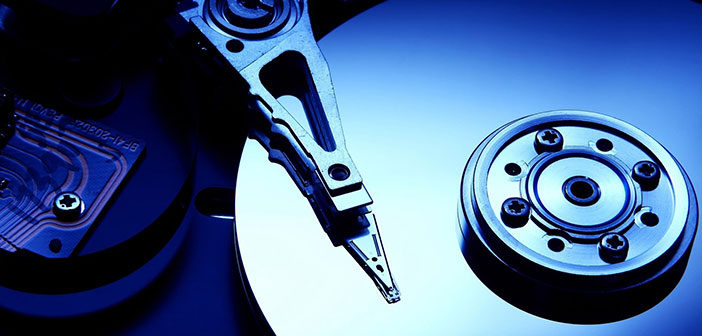How to protect data on an External Hard Drive
External hard drives are extremely useful due to their portability. Many are carried around, especially for any job clerk with large or time-sensitive files; they can be brought from home to work and vice versa without having to bring an entire computer with you.
They are also useful for quickly exchanging large amounts of data between work computers, because USB transfers are faster than using the Internet. Unfortunately, by default it can be accessed from any computer they are connected to, so if your external hard drive stores important data you must be encrypted and password protect the drive. Here is how to protect data on an external hard drive.
Install an encryption program
Download and install an encryption program, such as TrueCrypt, AxCrypt or StorageCrypt. These programs offer a range of features, from encrypting the entire mobile device and creating hidden volumes to create a password needed to access them.
Connect the external hard drive to the computer and wait for it to detect it. Your encryption program must be able to read it to encrypt it. At this point, move everything you want to save from your external hard drive to your computer; the encryption process involves formatting the disk, which involves deleting all the data from it, so saving the data is extremely important.
Create a new volume
Open your encryption program and select the option to create a new volume. Each encryption program will show you a list of all the devices connected to your computer, then select the unit that corresponds to your external hard drive. The volume must be created on this device.
For example: if your external hard drive is ” F:/ “, you will need to create a new volume on your ” F ” disk. If you are asked what type of volume to create, select the ” non-system partition ” option because your external hard drive is not part of your computer.
Choose the password you want to access this unit. Make sure it’s something you remember or take note of in a safe place, because if you forget your password, you won’t be able to access the disc.
Perform formatting
Proceed with formatting and encryption and then select the drive letter you want to mount your external hard drive; you can choose any available letter, but this is done because, after formatting, you will not be able to log in with the letter you used before. For example: if you generally access the unit as ” F “, you will no longer be able to use ” F ” for the unit.
Formatting will take some time, but once finished, you will be able to move all your files to your external hard drive. Type the password again to access the drive and then move all the files back.
From now, you can normally access your external hard drive with the letter you chose on any computer after typing in the password you set.

